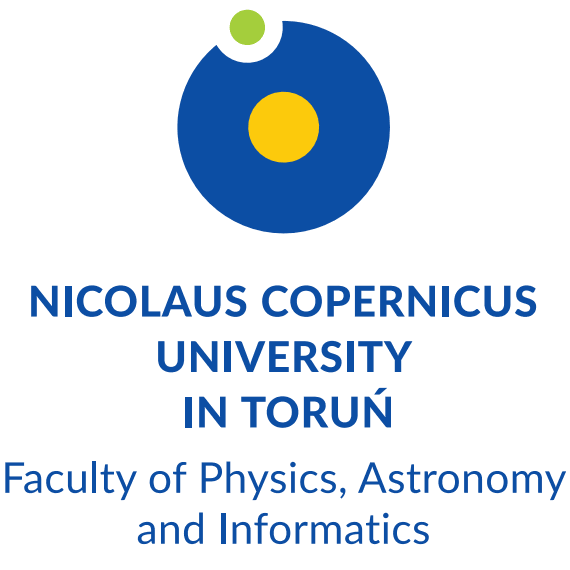Science, together with arts and literature, is one of the most noble human activity: the search for the truth and the beauty. Scientist, however, work for the society – resolving human problems. In times of Nicolaus Copernik (1473-1543) such a problem was the imprecision of the calendar – precessing 3 days every 400 years. Seems little, but Easter (and the Lent) were moving towards January, i.e. the carnival. As noticed in the XIII century by Roger Bacon, it was “really devil’s invention”. At about 1500 AD the Catholic Church (Copernicus was a lower-level priest) decided to correct it. The Heliocentric System was just a by-product of Nicolaus’ tens of years of astronomic observation: not only the truth, but also the simplicity and beauty.
I will tell (and show by simple experiments) how complex was the reasoning behind such an intellectual wonder. Then, I will show how this bald idea triggered the whole chain of discoveries: elliptic orbits of planets (Kepler), satellites of Jupiter (Galileo), the gravity law (Newton) and the curvature of space-time (Einstein). 550 years from the birth of Copernicus, we know for sure that we are not the centre (of the constantly expanding) Universe. But, in spite of more than 4,000 extra-solar planets already discovered by mankind, Homo sapiens remains the only intelligent being in the (physical) Universe. Unless proved contrarily.
Prof. dr hab. eng. Grzegorz Karwasz
(1958- ), economist (University of Gdańsk) and physicists (Gdańsk Polytechnics), professor of experimental physics He spent some 20 years at University of Trento (Italy) and few-month periods in .Detroit, München, Berlin, Canberra and Gunsan (Republic of Korea). He works in atomic and solid state physics, didactics of physics. Author of some 250 papers in physics, didactics, interdisciplinary sciences, pedagogy, philosophy, and books (school tex-books for physics, Astronomy of children, Cognitive didactics, Science and Faith). Author of first interactive exhibitions on physics in Poland (1997). Sciemtific expert of the EU and International Agency for Atomic Energy UN. Currently (from 2006) heading Didactics of Physics Division at Nicolaus Copernicus University in Toruń.
